

Articles
How Long Vinyl Siding Last
Modified: October 28, 2024
Discover the average lifespan of vinyl siding and get tips on how to extend its longevity. Read our informative articles on maximizing the durability of vinyl siding.
(Many of the links in this article redirect to a specific reviewed product. Your purchase of these products through affiliate links helps to generate commission for Storables.com, at no extra cost. Learn more)
Introduction
Vinyl siding is a popular choice for homeowners due to its durability, low maintenance requirements, and versatility in design. It offers an attractive and cost-effective solution to protect the exterior of a house from the elements while enhancing its curb appeal. However, like any other material, vinyl siding has a limited lifespan and may require replacement or repairs over time.
In this article, we will explore the factors that affect the lifespan of vinyl siding, discuss signs of deterioration, and provide tips on how to extend its lifespan. Understanding these key aspects will help homeowners make informed decisions about their siding and ensure its longevity.
Key Takeaways:
- Investing in high-quality vinyl material, professional installation, and regular maintenance can extend the lifespan of vinyl siding, providing long-lasting protection and enhancing the curb appeal of your home.
- Understanding the impact of weather conditions, signs of deterioration, and proper care practices can help homeowners maximize the longevity of their vinyl siding, ensuring its durability and aesthetic appeal for years to come.
Read more: How Long Does Painted Vinyl Siding Last
Factors Affecting the Lifespan of Vinyl Siding
The lifespan of vinyl siding can vary depending on several factors. Let’s take a closer look at some of the key factors that can impact how long vinyl siding lasts.
- Quality of Vinyl Material: The quality of the vinyl material used for siding plays a significant role in its lifespan. Higher-quality vinyl is typically more durable, resistant to fading and cracking, and less prone to warping or damage caused by extreme weather conditions. Investing in high-quality vinyl siding can greatly extend its lifespan.
- Installation Techniques: Proper installation techniques are crucial for the longevity of vinyl siding. If the siding is not installed correctly, it can be more susceptible to damage from wind, moisture, and environmental factors. Hiring an experienced and reputable contractor who follows industry best practices for vinyl siding installation is essential.
- Maintenance and Care: Regular maintenance and proper care can significantly extend the lifespan of vinyl siding. This includes cleaning the siding with a gentle detergent and water, inspecting for any damage or signs of wear, and promptly addressing any issues. Additionally, avoiding abrasive cleaners and harsh chemicals that can damage the siding is important.
- Impact of Weather Conditions: The climate and weather conditions in your area can affect the lifespan of vinyl siding. Exposure to extreme heat, cold, UV rays, high winds, and moisture can gradually degrade the material over time. Vinyl siding installed in regions with particularly harsh or variable weather may need more frequent inspections and maintenance to ensure its longevity.
- Color Fading: The color of vinyl siding can impact its longevity. Darker colors tend to fade more quickly than lighter shades due to increased exposure to UV rays. Choosing lighter or neutral colors can help mitigate color fading and extend the lifespan of the siding.
- Level of Impact: The level of impact and physical stress the vinyl siding is subjected to can affect its lifespan. For example, if the siding is frequently hit by flying debris, such as hail or tree branches, it may develop cracks or holes, compromising its integrity. Taking precautions to minimize potential impact damage, such as trimming nearby trees or installing storm shutters, can help preserve the siding.
It’s important to consider these factors when evaluating the lifespan of vinyl siding. By selecting high-quality materials, ensuring proper installation, and providing regular maintenance, homeowners can maximize the longevity of their vinyl siding and enjoy its benefits for years to come.
Quality of Vinyl Material
The quality of the vinyl material used for siding has a significant impact on its lifespan and overall performance. When it comes to vinyl siding, not all materials are created equal. Here are some key factors to consider when evaluating the quality of vinyl material:
- Thickness: The thickness of the vinyl material is an important indicator of its durability. Thicker vinyl siding is generally more resistant to cracks, dents, and damage from impact. It provides better protection against extreme weather conditions and can withstand the test of time.
- UV Resistance: Vinyl siding exposed to prolonged sunlight can fade and deteriorate over time. High-quality vinyl is engineered to be UV resistant, meaning it is less likely to fade or discolor even when exposed to intense sunlight. UV protection also helps to maintain the original color and appearance of the siding for a longer period.
- Color Retention: The color of the vinyl siding plays a vital role in its longevity. Low-quality vinyl materials are prone to color fading, especially in darker shades. High-quality vinyl is formulated with colorfast pigments that are resistant to fading, ensuring that the siding retains its vibrancy and aesthetic appeal for many years.
- Impact Resistance: Vinyl siding is exposed to various forces that can cause damage, such as hail, debris, and strong winds. Higher-quality vinyl is designed to be more impact-resistant, helping to prevent cracks, dents, and other forms of damage. It is less likely to be affected by everyday wear and tear, ensuring a longer lifespan.
- Warranty: A reliable indicator of the quality of vinyl material is the warranty provided by the manufacturer. Reputable manufacturers offer extended warranties on their higher-quality vinyl siding products, reflecting their confidence in the durability and longevity of the material. Longer warranties are typically associated with superior quality materials.
Investing in high-quality vinyl siding may require a higher upfront cost, but it can yield significant long-term benefits. The superior durability and performance of high-quality vinyl ensure a longer lifespan, reducing the need for frequent repairs or replacement. Homeowners should consider these factors when selecting vinyl siding to ensure they get the best value for their investment.
Installation Techniques
The installation of vinyl siding is a crucial factor that directly impacts its lifespan and performance. Proper installation techniques ensure that the siding is securely attached to the house, providing effective protection against the elements. Here are some important considerations when it comes to vinyl siding installation:
- Hiring a Professional: It is highly recommended to hire a professional and experienced contractor for vinyl siding installation. Professionals have the necessary knowledge, skills, and expertise to ensure that the siding is installed correctly. They are familiar with industry best practices and can address any potential challenges or issues that may arise during the installation process.
- Preparation and Planning: Proper preparation is key to a successful installation. This includes thorough inspection of the existing exterior, ensuring that the surface is clean, smooth, and in good condition. Any necessary repairs or modifications should be done before installing the vinyl siding. Additionally, proper planning is crucial to ensure that the siding is installed in a logical, efficient, and aesthetically pleasing manner.
- Weather Barrier: Before installing vinyl siding, it is important to install a weather barrier or house wrap. This serves as an additional layer of protection against moisture, drafts, and insects. The weather barrier helps prevent water intrusion and improves energy efficiency. It also acts as a moisture barrier, preventing condensation from forming between the siding and the house structure.
- Proper Fastening: Vinyl siding should be fastened securely to the house using the proper fasteners. Nails or screws should be positioned correctly, driven straight, and at the correct depth to ensure a secure attachment. Overdriving or underdriving the fasteners can cause the siding to become loose or uneven, leading to potential damage and reducing its lifespan.
- Expansion and Contraction: Vinyl siding expands and contracts with temperature fluctuations. Proper installation techniques account for this thermal movement by allowing adequate space for expansion and contraction. This prevents the siding from buckling or warping when exposed to extreme heat or cold.
- J-Channel and Trim Installation: J-channels and trim pieces are essential components of vinyl siding installation. They provide a clean, finished look and help protect the edges and corners of the siding. Proper installation of J-channels and trims ensures a professional appearance and helps prevent water infiltration and damage to the siding.
By following proper installation techniques, homeowners can ensure that their vinyl siding is installed correctly, maximizing its effectiveness and longevity. Hiring a professional, preparing the surface adequately, using weather barriers, and using the right fasteners are all critical steps in achieving a durable and long-lasting vinyl siding installation.
Maintenance and Care
Regular maintenance and proper care are essential for maximizing the lifespan of vinyl siding. By following a few simple maintenance practices, homeowners can keep their siding in optimal condition and prevent premature deterioration. Here are some important tips for maintaining and caring for vinyl siding:
- Cleaning: Regularly clean the vinyl siding to remove dirt, grime, and other pollutants. Use a soft brush or cloth and a gentle detergent mixed with water to scrub the surface. Avoid using abrasive cleaners or harsh chemicals as they can damage the vinyl. Rinse the siding thoroughly with water after cleaning to remove any residue.
- Inspecting for Damage: Periodically inspect the vinyl siding for any signs of damage, such as cracks, holes, or loose panels. Check for areas where the siding may have become dislodged or shifted. Promptly address any issues to prevent further damage and ensure the integrity of the siding. Repair or replace any damaged sections as necessary.
- Trimming Vegetation: Trim any nearby vegetation, such as bushes or tree branches, that may come in contact with the vinyl siding. Plant growth can cause scratches, cuts, or other damage to the surface of the siding. Keeping vegetation trimmed away from the siding minimizes the risk of physical damage and allows for better airflow, reducing the likelihood of moisture-related issues.
- Avoiding Heat Sources: Vinyl siding is susceptible to heat damage. Avoid placing grills, fire pits, or other heat sources close to the siding. The intense heat can cause the vinyl to warp, melt, or discolor. Maintain a safe distance between heat sources and the siding to prevent any potential damage.
- Protecting from Extreme Weather: During severe weather conditions, take precautions to protect the vinyl siding. This can include installing storm shutters or panels to shield the siding from high winds and flying debris during storms. Removing snow or ice buildup gently instead of forcefully scraping it off the siding can also prevent damage.
- Painting: Some vinyl siding products can be painted if desired. Ensure that the siding is thoroughly cleaned and dried before applying paint. Use a high-quality exterior paint suitable for vinyl surfaces to ensure proper adhesion and durability. Follow the manufacturer’s guidelines for paint application and maintenance.
By following these maintenance and care tips, homeowners can prolong the lifespan of their vinyl siding and keep it looking its best. Regular cleaning, timely repairs, and protective measures against heat sources and extreme weather conditions will help ensure that the siding remains in excellent condition for many years.
Vinyl siding can last anywhere from 20 to 40 years with proper maintenance and care. Regular cleaning and inspections can help extend its lifespan.
Impact of Weather Conditions
The weather conditions in your area play a significant role in determining the lifespan of your vinyl siding. Vinyl siding is designed to withstand various weather conditions, but exposure to extreme or harsh elements can gradually degrade the material over time. Here are some common weather factors that can affect the longevity of vinyl siding:
- Extreme Temperatures: Vinyl siding expands and contracts with temperature fluctuations. Prolonged exposure to extreme heat or cold can cause the material to warp, buckle, or develop cracks. In regions with frequent temperature extremes, it is crucial to choose vinyl siding that is specifically engineered for those conditions.
- UV Rays: Sunlight contains ultraviolet (UV) rays that can cause vinyl siding to fade, discolor, and become brittle over time. The level of UV exposure can depend on the location and orientation of the house. Siding exposed to intense sunlight for extended periods may require more frequent inspections and maintenance to ensure its longevity.
- Heavy Winds: Strong winds can pose a threat to vinyl siding. If not installed properly, siding panels can become loose or even dislodged by the force of the wind. Wind-borne debris, such as tree branches or airborne objects, can also cause damage to the siding. Regular inspections and maintenance are necessary after severe storms or strong winds to identify any issues and address them promptly.
- Moisture and Rain: Vinyl siding is designed to withstand moisture, but prolonged exposure to rain and moisture can lead to problems such as mold, rot, and water damage. It is essential to ensure that the siding is properly installed with effective moisture barriers and ventilated to allow for proper airflow and moisture evaporation.
- Hail and Impact Damage: Hail storms can cause significant damage to vinyl siding. Large hailstones can crack or dent the siding, compromising its integrity. Additionally, accidental impact from objects like rocks or projectiles can cause similar damage. Inspecting the siding after a hailstorm or suspected impact is crucial to identify any issues and initiate timely repairs.
- Freezing and Thawing: In regions with fluctuating freeze-thaw cycles, water can penetrate small cracks or gaps in the siding. When the water freezes and expands, it can further damage the siding, leading to cracking or warping. Proper installation techniques that include sealing gaps and ensuring proper drainage can help minimize the effects of freezing and thawing cycles.
Understanding the specific weather conditions in your area and their potential impact on vinyl siding is crucial for maintenance and preservation. Regular inspections, prompt repairs, and taking preventative measures against weather-related damage can help extend the lifespan of your vinyl siding and keep it looking its best despite the challenges of the environment.
Signs of Vinyl Siding Deterioration
Vinyl siding is designed to be durable and long-lasting, but over time it can show signs of deterioration due to various factors. It is important for homeowners to be aware of these signs so they can address them promptly and prevent further damage. Here are some common signs of vinyl siding deterioration to look out for:
- Cracks and Holes: Cracks or holes in the vinyl siding can occur as a result of impact, extreme temperature fluctuations, or aging. These openings can allow moisture, insects, and other unwanted elements to enter and cause further damage. Regularly inspect the siding for any visible cracks or holes and repair them as soon as possible to prevent more significant issues.
- Warping and Buckling: Vinyl siding that is exposed to prolonged heat or moisture can warp or buckle. Warping and buckling can make the siding appear uneven or distorted. This can happen if the siding was not properly installed or if underlying issues, such as moisture infiltration or improper ventilation, are present. Addressing the underlying cause and replacing the affected siding may be necessary to prevent further damage.
- Fading and Discoloration: Over time, exposure to ultraviolet (UV) rays from the sun can cause the color of vinyl siding to fade or become discolored. Fading is more common in darker-colored siding as they absorb more heat and UV radiation. Discoloration can also be caused by environmental pollutants or the growth of mold and algae. If cleaning and maintenance efforts do not restore the color, it may be time to consider replacing the faded or discolored siding.
- Loose or Detached Panels: Vinyl siding panels that become loose or detached from the house are signs of potential problems. This can occur due to improper installation, age-related deterioration, or strong wind impact. Loose or detached panels can expose the underlying structure to moisture and pests, leading to further issues. Reattaching or replacing the affected panels is necessary to maintain the integrity of the siding.
- Rot or Mold Growth: While vinyl siding is resistant to rot, underlying issues such as water infiltration or inadequate ventilation can result in the growth of mold or mildew behind the siding. Signs of rot or mold may include a musty odor, discoloration, or soft spots on the siding. If these signs are present, it is important to address the underlying issue, remove the affected siding, and properly treat the area to prevent further damage and potential health hazards.
- Chalking or Powdering: Over time, the surface of vinyl siding may develop a powdery residue, known as chalking. Chalking is the result of the natural aging process and extended exposure to sunlight. While some degree of chalking is normal, excessive chalking can indicate that the siding has deteriorated. Excessive chalking can affect the appearance and weather resistance of the siding and may require replacement.
It is essential to regularly inspect your vinyl siding for these signs of deterioration. Timely identification and repair of any issues will help extend the lifespan of your vinyl siding and ensure its continued protection and aesthetic appeal.
Average Lifespan of Vinyl Siding
The average lifespan of vinyl siding can vary depending on several factors, including the quality of the material, installation techniques, maintenance, and the impact of weather conditions. However, as a general guideline, vinyl siding is known to have a lifespan of 20 to 40 years.
Higher-quality vinyl siding with thicker panels and better resistance to fading, cracking, and impact tend to have a longer lifespan. Investing in premium-grade vinyl can extend the durability and longevity of the siding, ensuring it withstands the test of time.
The installation process also influences the lifespan of vinyl siding. Proper installation techniques, including adequate fastening, allowing for expansion and contraction, and the use of proper moisture barriers, contribute to the longevity of the siding. Hiring an experienced professional to handle the installation is crucial to ensure proper techniques are executed.
Maintenance and care play a fundamental role in extending the lifespan of vinyl siding. Regular cleaning, inspections, and timely repairs are vital to addressing any issues before they worsen. Taking preventive measures to protect the siding from extreme weather conditions, such as high winds or hail, can also contribute to its longevity.
Weather conditions and exposure also impact the lifespan of vinyl siding. Areas with intense sunlight, extreme temperature fluctuations, or higher levels of moisture might experience faster deterioration. Regularly evaluating the impact of the local climate on the siding and taking proactive measures to mitigate potential damage can help extend its lifespan.
It is important to note that the lifespan of vinyl siding is an average estimate and can be affected by various factors. While some vinyl siding may last beyond the 40-year mark with proper care and maintenance, others may require replacement sooner due to environmental factors or lack of maintenance.
Ultimately, homeowners should monitor the condition of their vinyl siding regularly and be aware of any signs of deterioration. If significant issues arise or the siding reaches the end of its lifespan, it may be necessary to consider replacement to ensure the continued protection and aesthetic appeal of the home’s exterior.
Extending the Lifespan of Vinyl Siding
While vinyl siding is designed to be durable, there are steps homeowners can take to extend its lifespan and ensure its continued protection. By implementing these maintenance and care practices, you can maximize the longevity of your vinyl siding:
- Regular Cleaning: Clean your vinyl siding annually or as needed to remove dirt, grime, and pollutants. Use a soft brush or cloth and a gentle detergent mixed with water to scrub the surface. Rinse thoroughly with water after cleaning to remove any residue. Regular cleaning prevents the build-up of debris that can lead to staining or damage.
- Inspect and Repair: Conduct regular inspections of your vinyl siding to check for cracks, holes, or other signs of damage. Promptly repair any issues to prevent further deterioration. Replace damaged or discolored panels to maintain the overall integrity and appearance of the siding.
- Maintain a Safe Distance: Keep grills, fire pits, and other heat sources a safe distance away from the siding. Excessive heat from these sources can cause warping or melting of the vinyl. Additionally, be cautious when using lawn equipment or tools near the siding to avoid accidental damage.
- Trim Vegetation: Trim or prune any nearby bushes, trees, or shrubs that are touching or rubbing against the vinyl siding. Constant contact can cause scratches, cuts, or other damage to the surface. Keeping vegetation trimmed away from the siding also improves airflow and reduces the risk of moisture-related issues.
- Protect from Extreme Weather: Install storm shutters or panels to protect the siding during severe weather conditions, such as high winds or hailstorms. Removing snow or ice buildup gently instead of forcefully scraping it off minimizes the risk of damaging the siding. Taking precautions during extreme weather helps preserve the integrity of the vinyl.
- Avoid Harsh Chemicals: Avoid using harsh chemicals or abrasive cleaners on your vinyl siding, as they can damage the surface. Stick to gentle detergents mixed with water for cleaning. If you need to tackle tougher stains, choose cleaning products specifically formulated for vinyl siding and follow the instructions carefully.
- Painting Considerations: Some vinyl siding can be painted if desired. However, it is important to follow the manufacturer’s guidelines and use high-quality exterior paint suitable for vinyl surfaces. Painting can help rejuvenate the appearance of faded or discolored siding and provide an extra layer of protection.
- Maintain Proper Ventilation: Ensure that the siding has adequate ventilation behind it to prevent moisture build-up. Proper ventilation allows for airflow and prevents condensation from forming, reducing the risk of mold, rot, or other moisture-related damage.
By following these practices, homeowners can significantly extend the lifespan of their vinyl siding. Regular maintenance and care, combined with prompt repairs and protective measures, help preserve the appearance, integrity, and functionality of the siding over time.
While vinyl siding is designed to be low maintenance, it is essential to monitor its condition and address any potential issues promptly. With proper care, vinyl siding can provide long-lasting protection and enhance the curb appeal of your home for many years to come.
Read more: How Long Does Metal Siding Last
Conclusion
Vinyl siding is a popular choice for homeowners due to its durability, low maintenance requirements, and versatility in design. Understanding the factors that affect its lifespan and implementing proper maintenance practices can help homeowners maximize the longevity of their vinyl siding and protect their investment.
The quality of the vinyl material, installation techniques, and ongoing maintenance are all key factors in determining how long vinyl siding will last. Investing in high-quality vinyl material, hiring professional installers, and following recommended maintenance routines can significantly extend the lifespan of the siding.
Weather conditions play a vital role in the lifespan of vinyl siding. Extreme temperatures, UV rays, heavy winds, moisture, and hail can all impact the durability and appearance of the siding over time. Taking precautions to protect the siding from these elements, including using storm shutters and regular inspections, can help mitigate potential damage.
Signs of vinyl siding deterioration, such as cracks, holes, fading, or loose panels, should not be ignored. Regular inspections and prompt repairs are essential to maintaining the structural integrity and aesthetic appeal of the siding.
By following proper care and maintenance practices, homeowners can extend the average lifespan of vinyl siding, which is typically 20 to 40 years. Regular cleaning, inspections, and repairs, along with protecting the siding from heat sources and extreme weather, can help ensure the siding remains in optimal condition for many years.
In conclusion, vinyl siding can provide long-lasting protection and enhance the visual appeal of a home. By selecting high-quality material, employing proper installation techniques, and implementing regular maintenance practices, homeowners can enjoy the benefits of vinyl siding for decades to come.
Frequently Asked Questions about How Long Vinyl Siding Last
Was this page helpful?
At Storables.com, we guarantee accurate and reliable information. Our content, validated by Expert Board Contributors, is crafted following stringent Editorial Policies. We're committed to providing you with well-researched, expert-backed insights for all your informational needs.
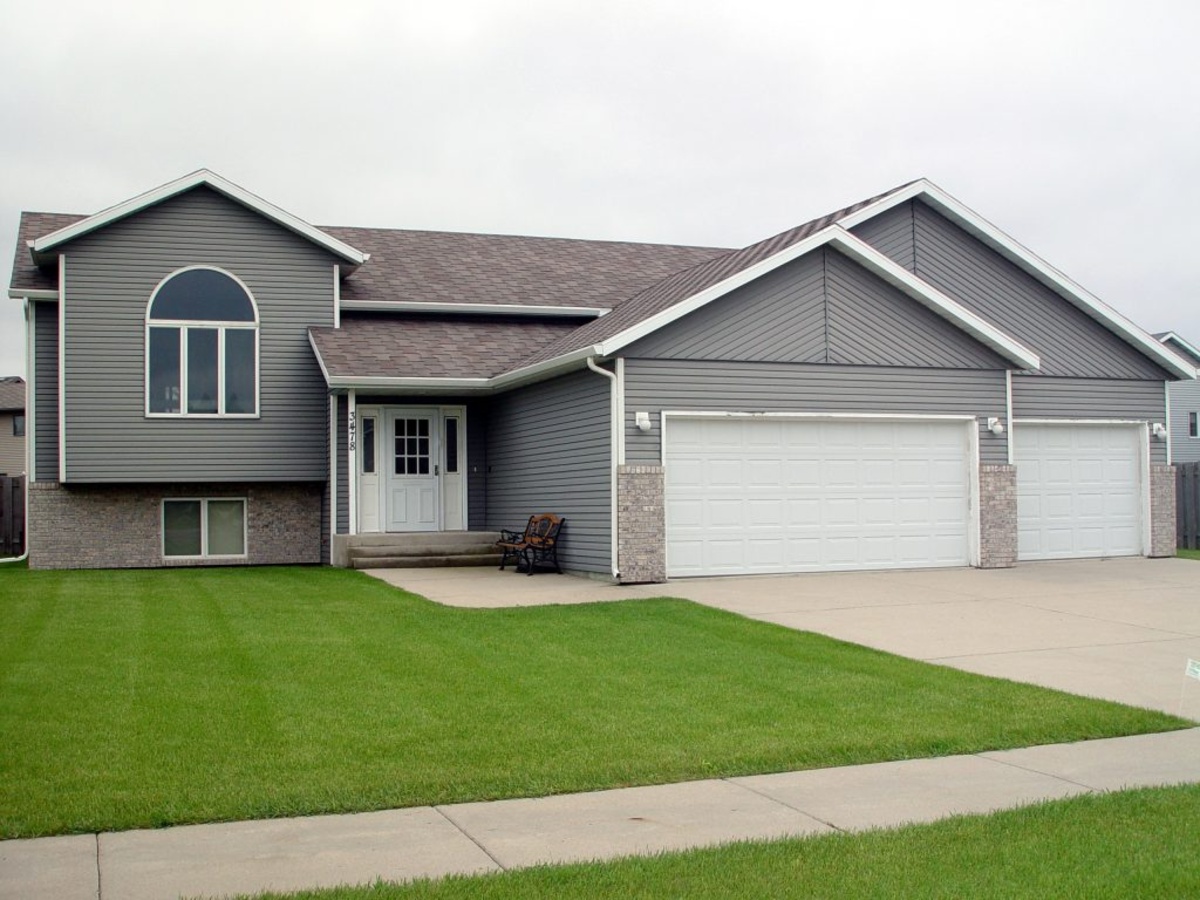
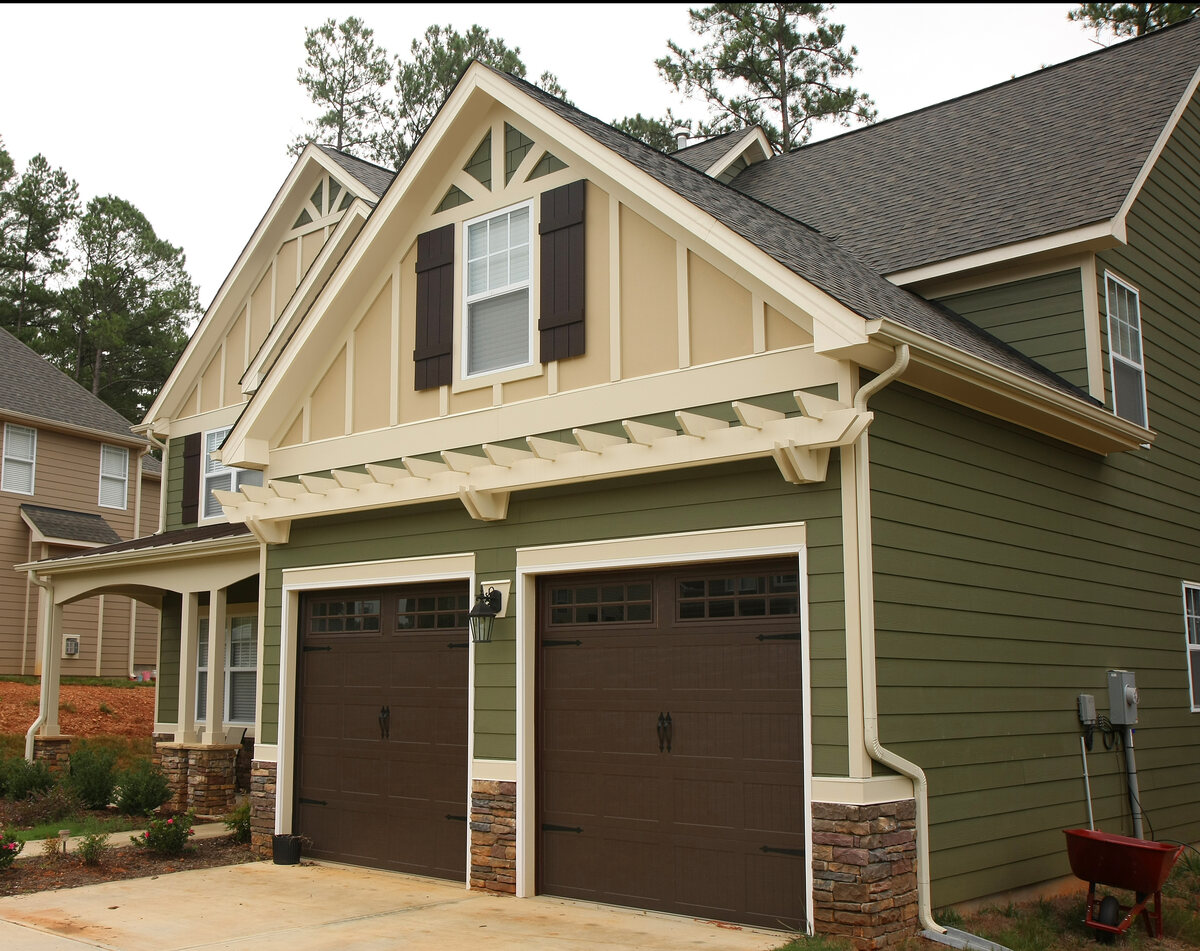
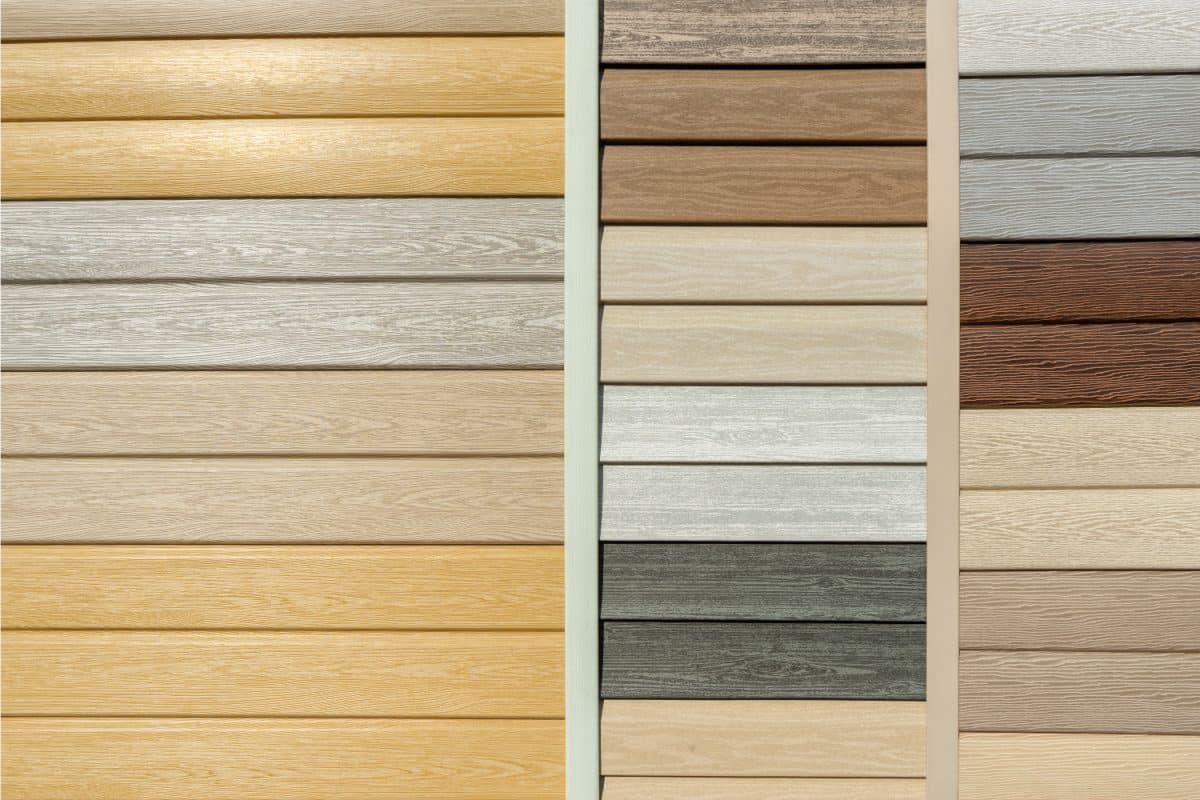
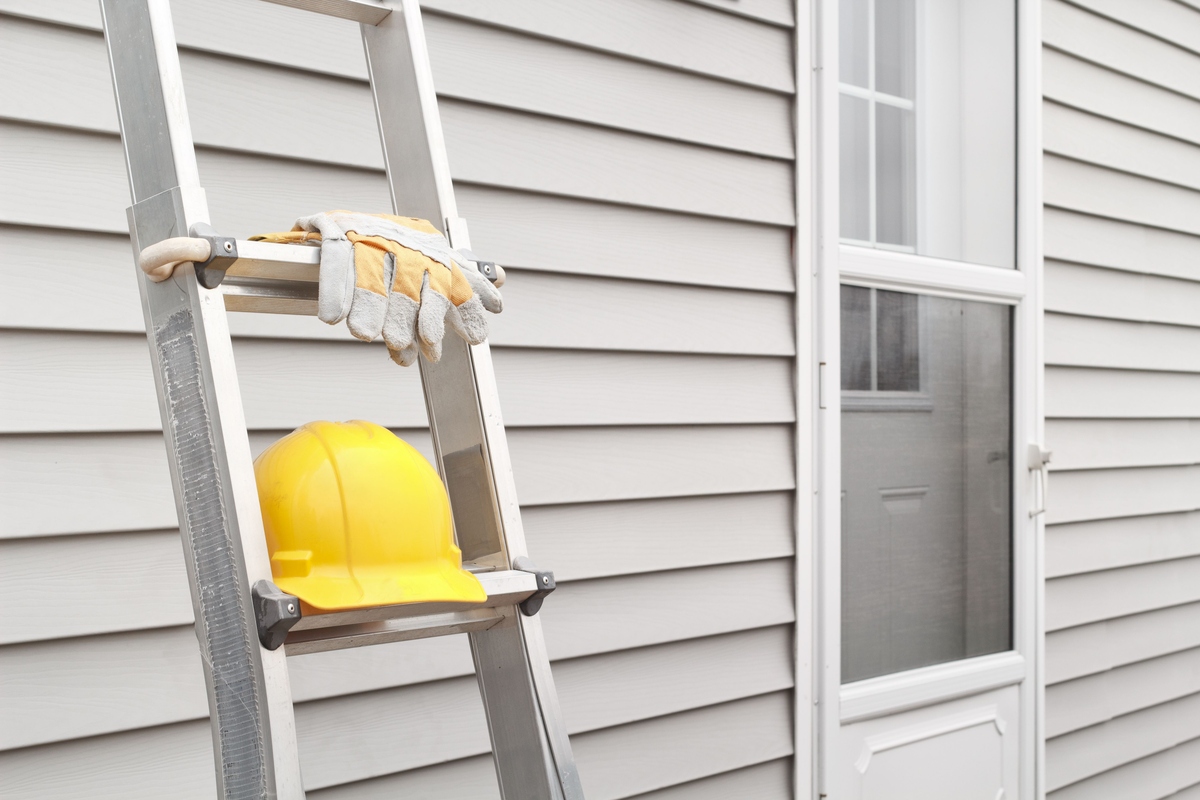

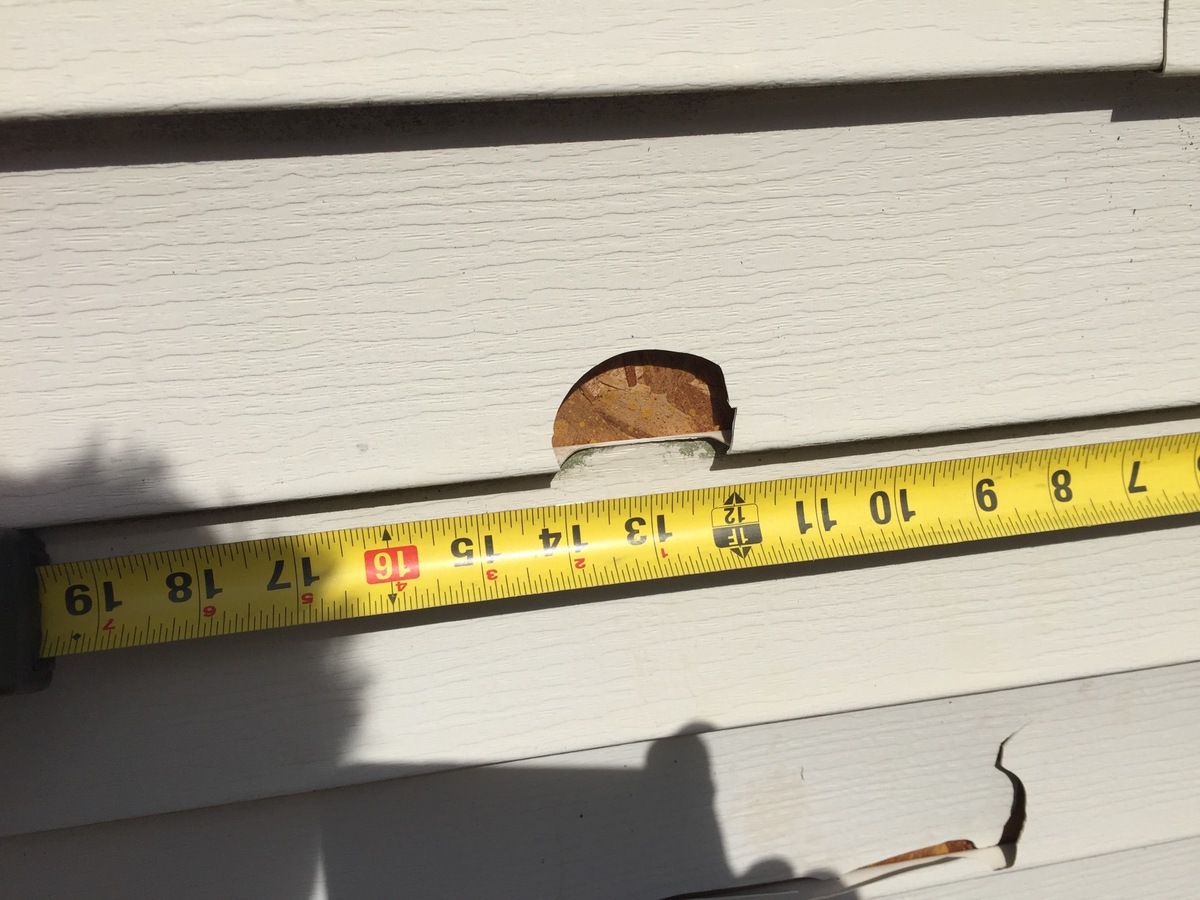

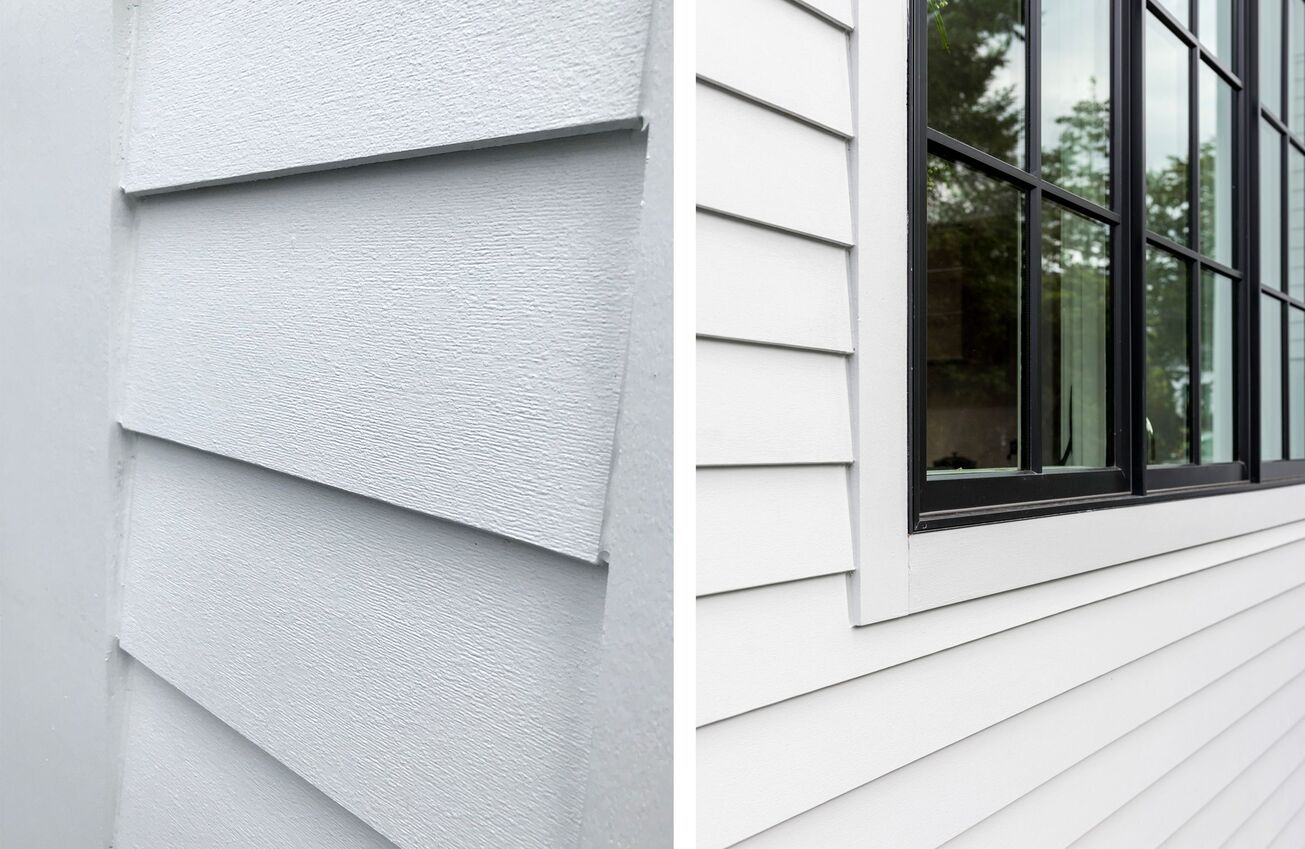
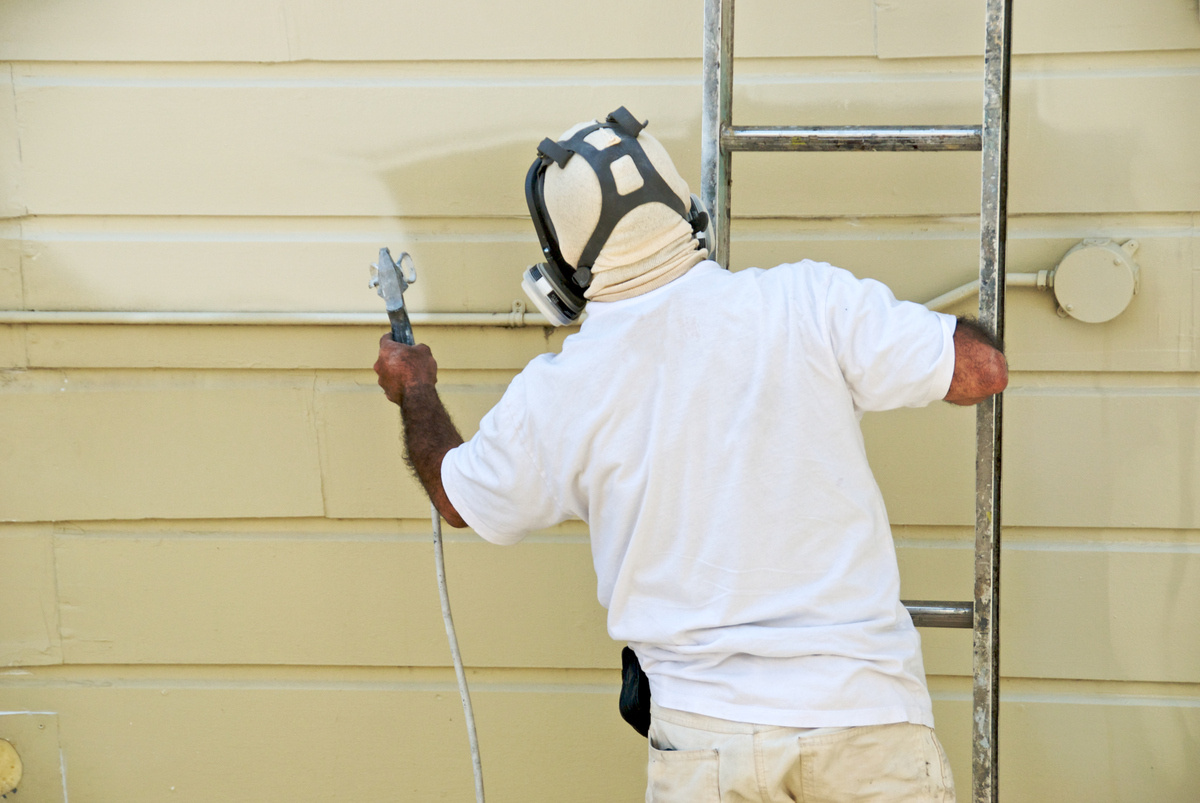
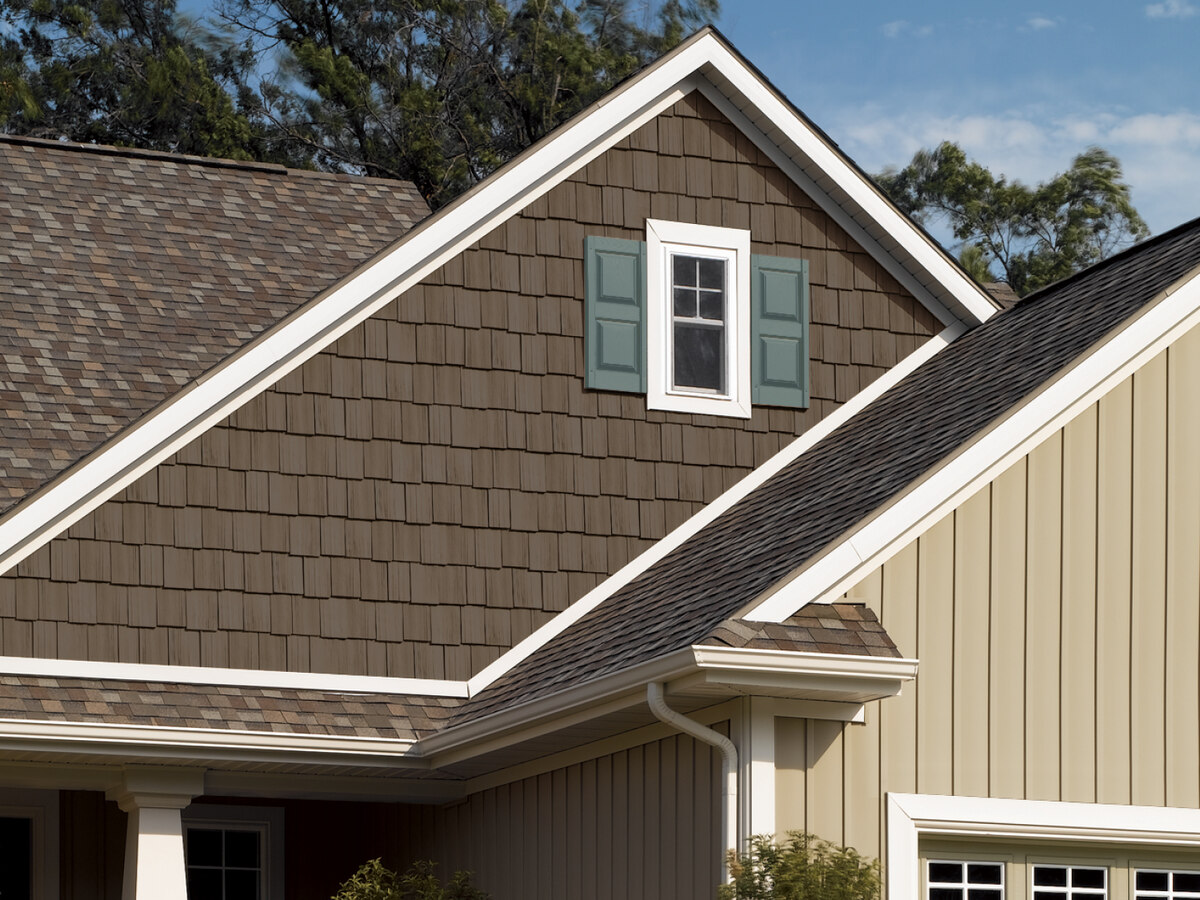
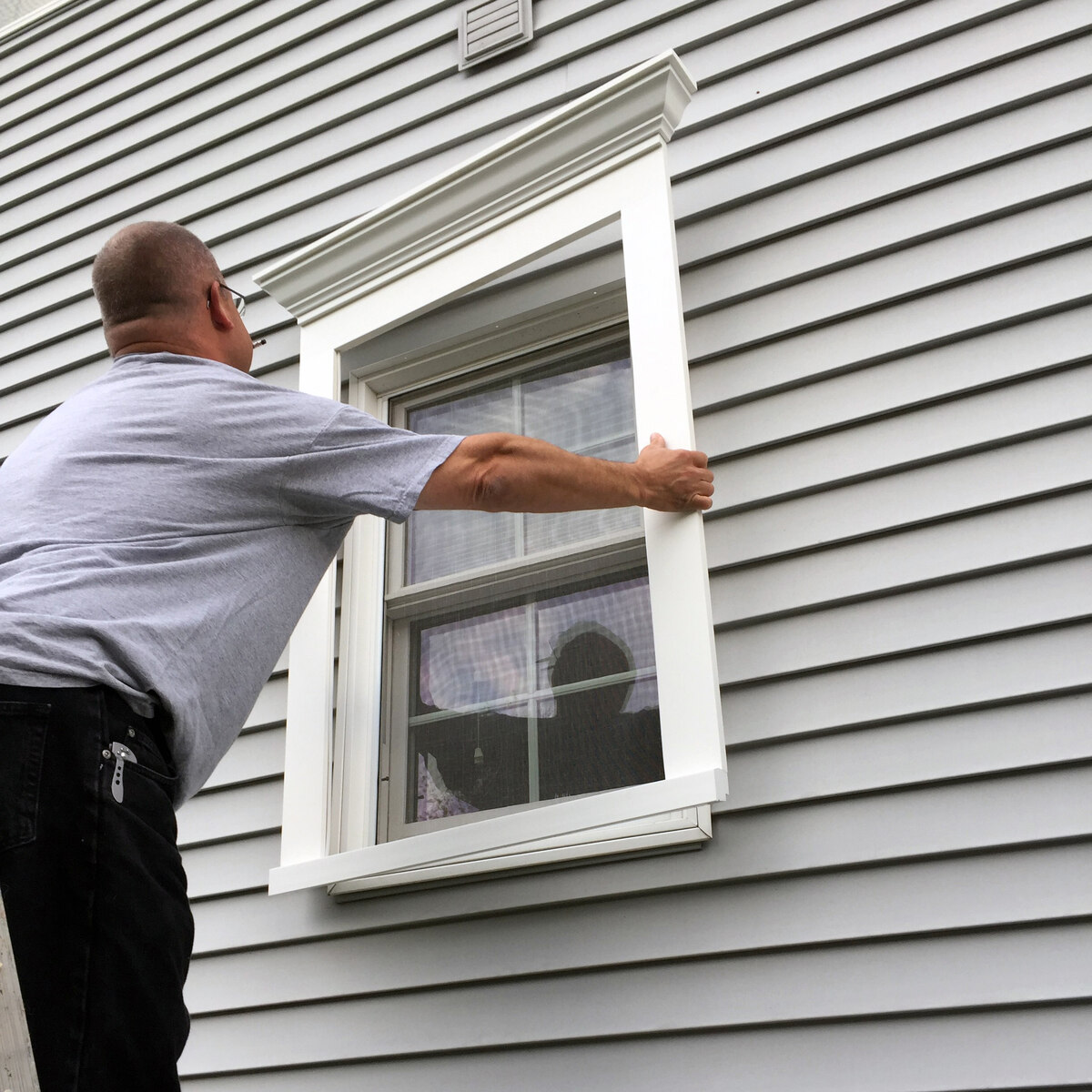
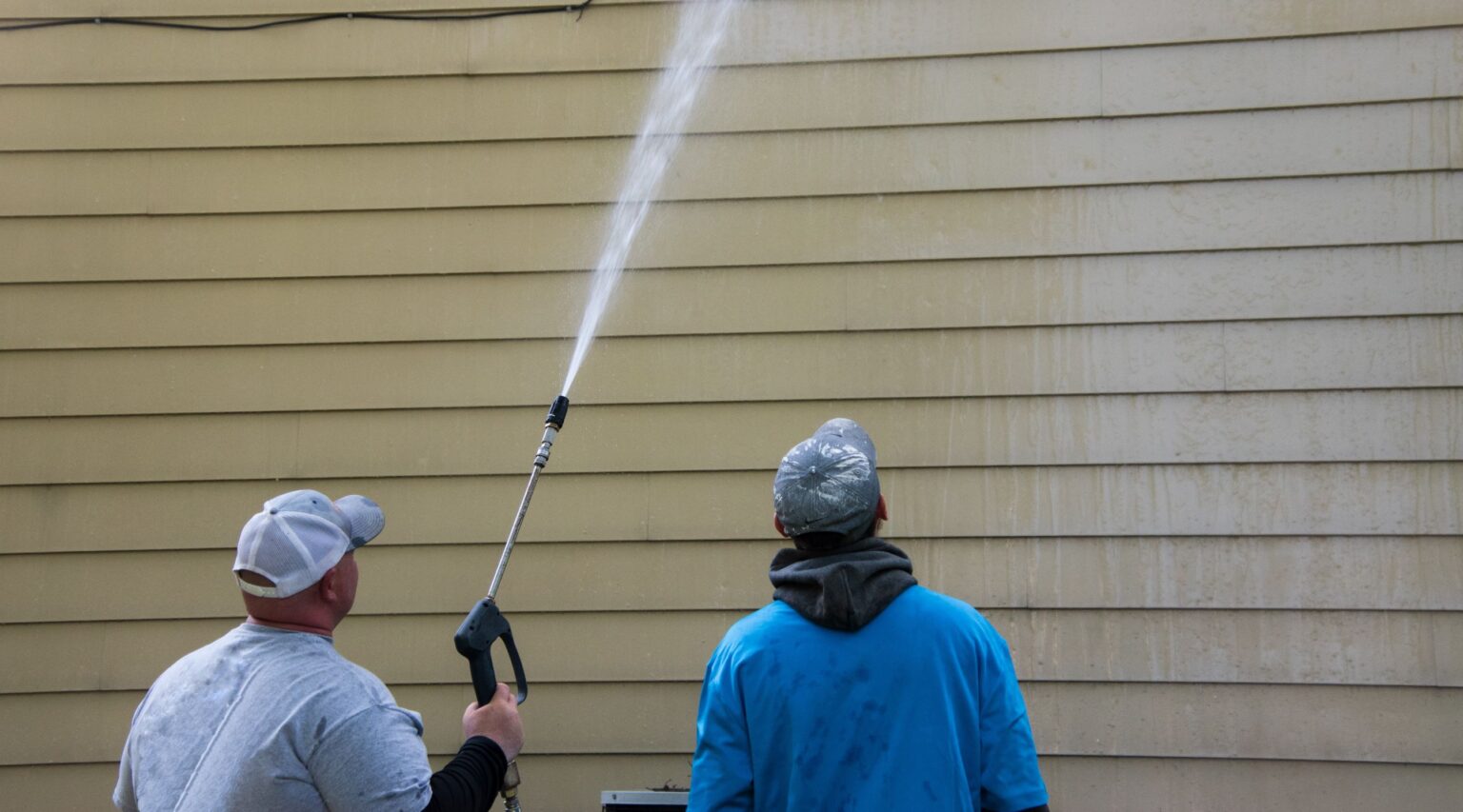
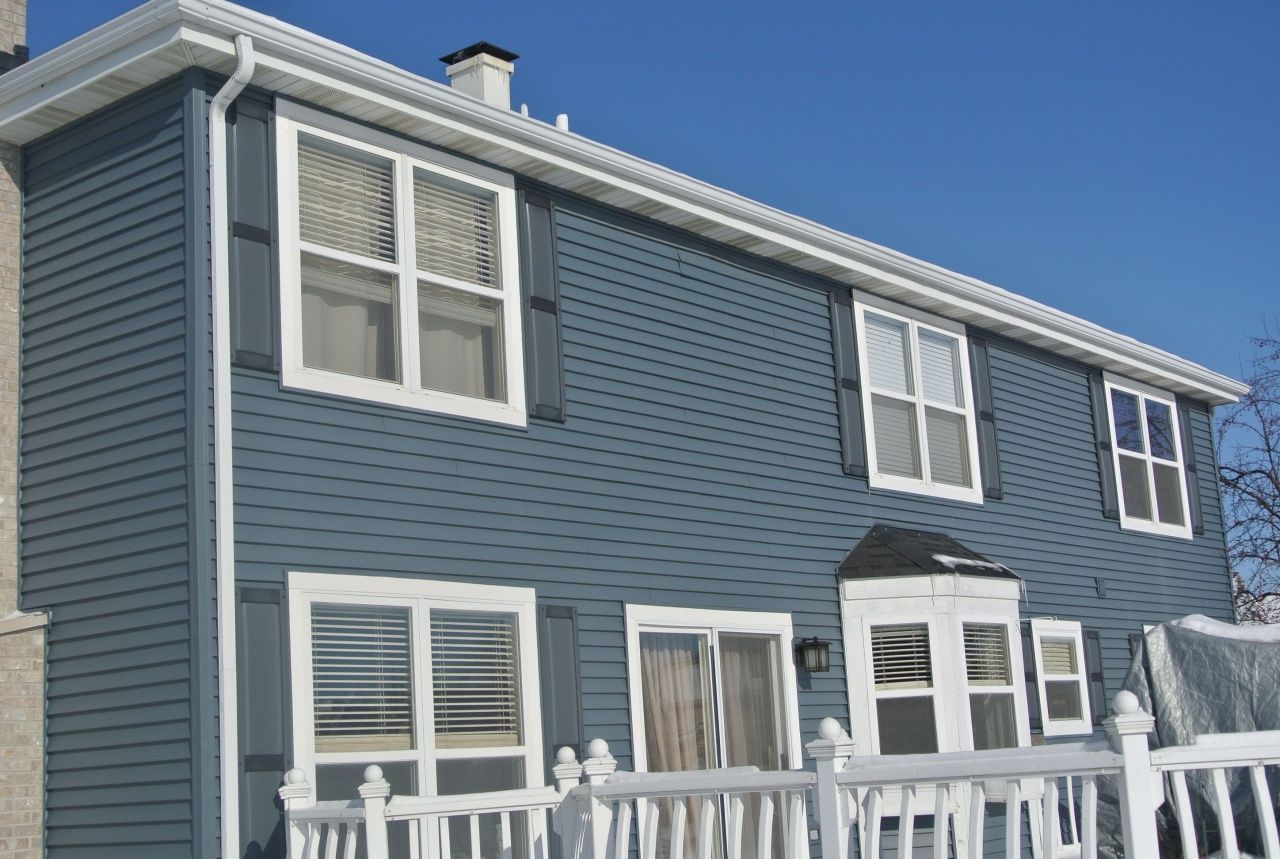

0 thoughts on “How Long Vinyl Siding Last”